Please remember, if you need assistance or have any questions, call us on 0330 223 6336 or drop us an email at sales@defibworld.org
What if the next time your heart skipped a beat, the device to save your life was already on your skin, silently monitoring, ready to act? That’s not a scene from a sci-fi movie—it’s the future of defibrillators, and it’s happening right now. From patches that are always with you to devices smart enough to call for help before you even know something’s wrong, the world of defibrillator technology is evolving faster than we realise.
But here’s the paradox: as these devices become more advanced, one challenge remains—getting people to use them when it matters most. Despite being surrounded by Automated External Defibrillators (AEDs) in public places, hesitation, fear, and misinformation still prevent life-saving action.
So, how do we bridge that gap? How do we ensure that the future of defibrillators advances technologically and breaks down the psychological barriers to their use? Let’s explore how innovation is reshaping the way we think about cardiac emergencies and how we can empower people to act when seconds count.
Why People Hesitate: The Psychological Barriers of AED Use
With defibrillators accessible in 79% of public spaces during cardiac emergencies, it’s shocking that they’re only used in 10% of cases. The reason? Fear. Fear of making a mistake. Fear of harming someone further. Fear of legal consequences.
It doesn’t matter if the technology has progressed—if the human element doesn’t catch up, these life-saving devices remain underused. At Defib World, we’re dedicated to changing that mindset. The AEDs of the future won’t just be easy to use—they’ll be designed to remove that hesitation entirely.
Wearable Defibrillators: The Jewel Patch and the Next Wave of Protection
Imagine a future where life-saving technology is literally part of you. The Jewel Patch, a breakthrough in wearable cardioverter-defibrillators (WCDs), is doing just that. Discreet, comfortable, and easy to wear, it offers continuous protection without the bulkiness of traditional models. It’s a game-changer for those at risk of cardiac arrest—no longer tethered to a vest-like device.
What makes this future technology different? The focus is on comfort, compliance, and ease of use. The Jewel Patch works automatically, without the need for user intervention in an emergency. This shift toward wearable defibrillators means fewer people will fall through the cracks because the solution is literally within reach.
But here’s the real revolution: wearable defibrillators like the Jewel Patch could increase survival rates by ensuring that patients are never without protection, day or night.

- 16 October 2024
Public Access Defibrillators: Turning Fear into Action
Today’s defibrillators are already effective, but they’re only as good as those who use them. How do we ensure that more bystanders become life-savers?
- Visible Placement: Public defibrillators should be as obvious as fire extinguishers. Signage needs to make AEDs impossible to ignore.
- Frequent Drills: Regular community-based AED training events, simulations, and drills will help make emergency response second nature.
- Technology Integration: Mobile apps that point users to the nearest AED or notify nearby volunteers can help fill the gap before professional medical services arrive.
At Defib World, confidence is key. Having the device is not enough—communities must be trained, supported, and ready to act.
AI and Predictive Monitoring: The Future of Defibrillation
What if the defibrillator knew there was a problem before you did? The next leap in defibrillator technology goes beyond reactive care into the realm of predictive intervention.
With AI-driven health monitoring, future defibrillators could track heart rhythms, anticipate potential cardiac events, and warn users before an arrest occurs. Imagine receiving an alert on your phone, giving you critical minutes to get help before your heart falters.
The future also promises real-time data sharing, where AEDs instantly transmit information to emergency services, enabling responders to prepare while en route. This would result in faster diagnosis, faster treatment, and faster recovery.


Legislation and Community Empowerment: The Final Piece of the Puzzle
Even the best technology needs support from policy and legislation. To fully embrace this future, governments need to enact laws mandating AEDs in public and private spaces, providing funding for technology upgrades, and ensuring regular device checks.
But more than laws, we need a cultural shift—one that reduces the fear of legal consequences through Good Samaritan protections and makes AED training a standard part of workplace safety.
A Future Without Hesitation
The future of defibrillators isn’t just about faster shocks or smaller devices—it’s about creating a world where no one hesitates to act. At Defib World, we see a world where defibrillators aren’t just accessible but an extension of our everyday environment—whether worn as patches or placed in every public space, ready for action.
The next step is to ensure that every person understands that they are capable of saving a life, armed with the tools, the training, and, most importantly, the confidence to act.
Are you ready for a future where cardiac arrests aren’t a death sentence but an opportunity to act? Let’s embrace the future of defibrillation—and make hesitation a thing of the past.
Category: Industry Insights and Trends
A comprehensive look into the latest developments, emerging technologies, and market dynamics within the defibrillator and broader healthcare industry.

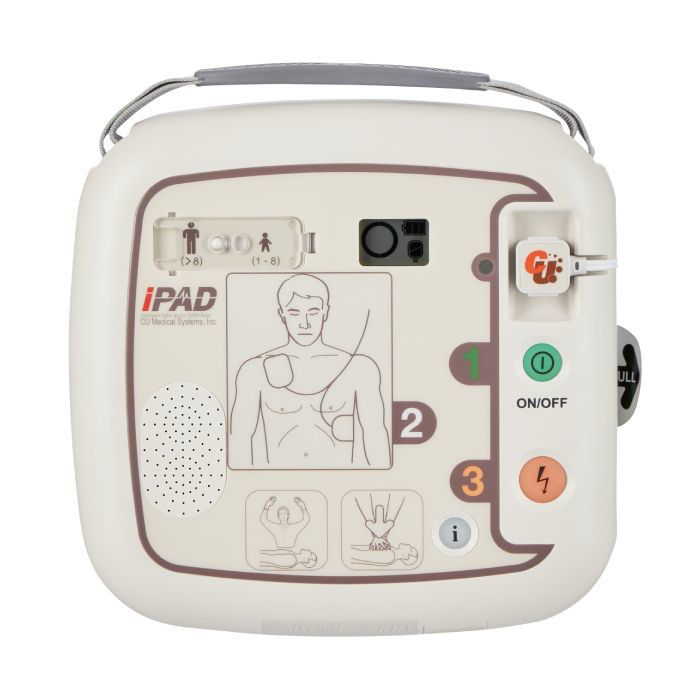
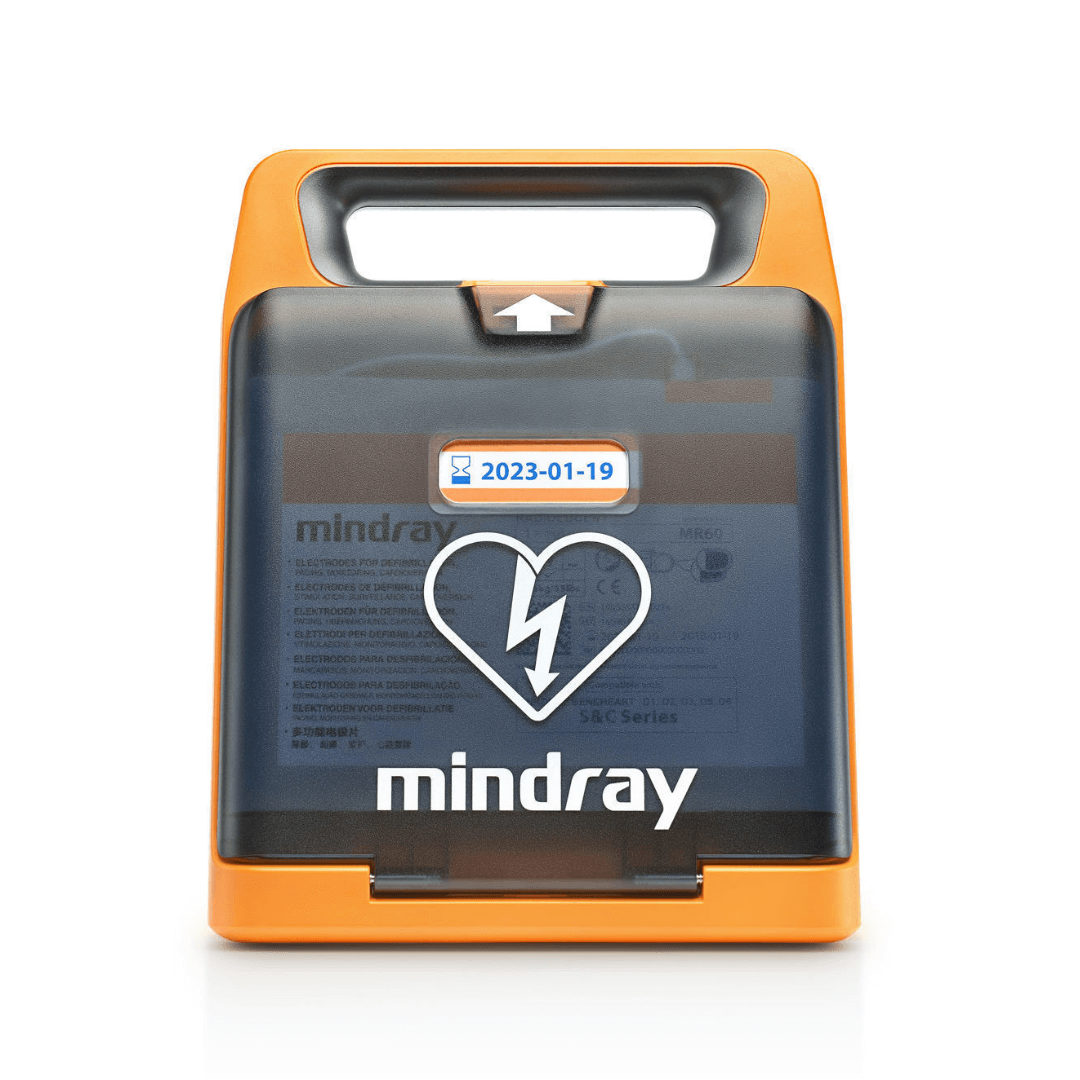

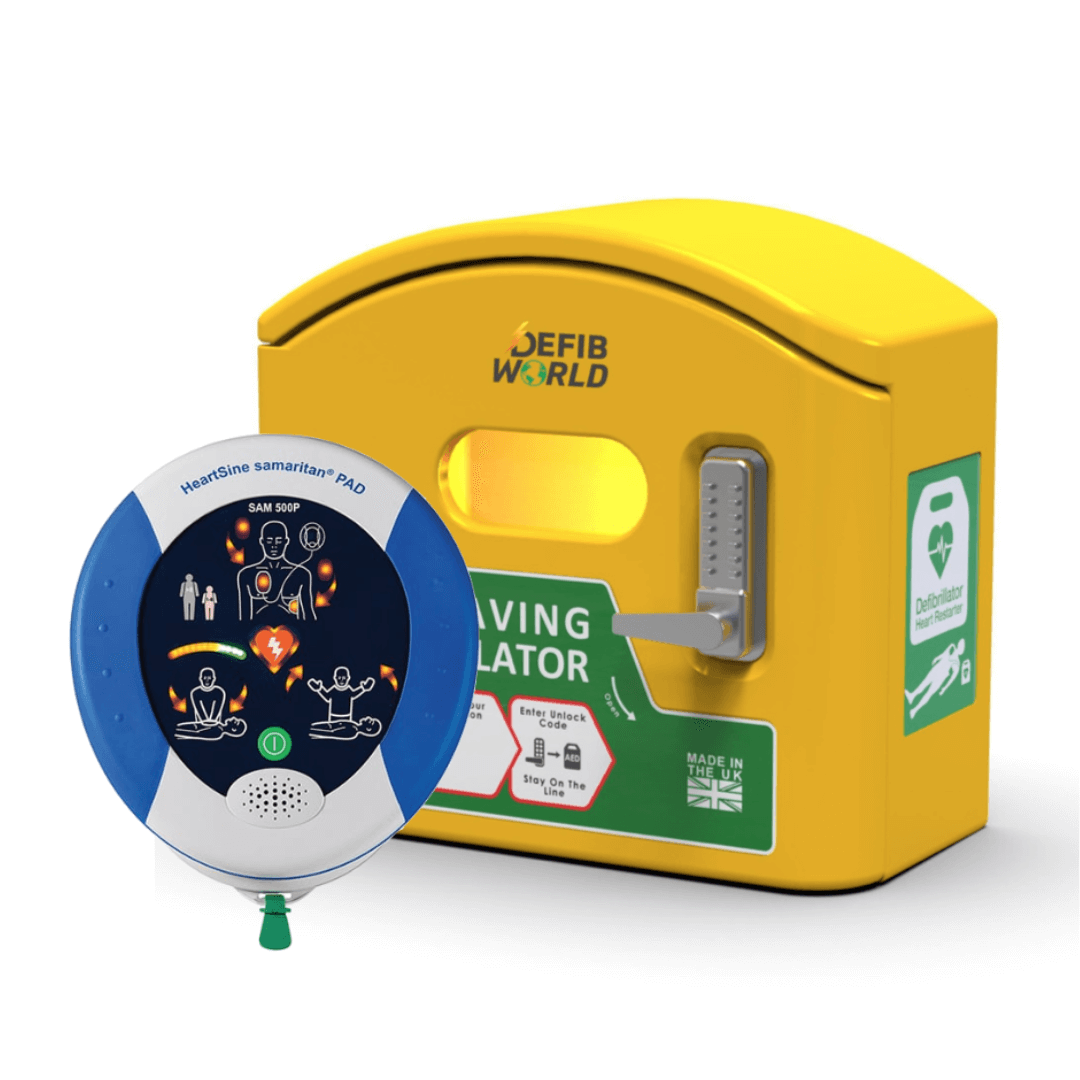









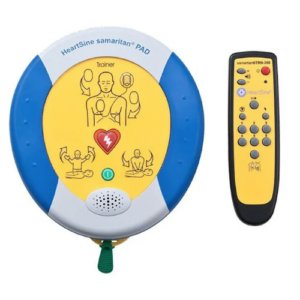


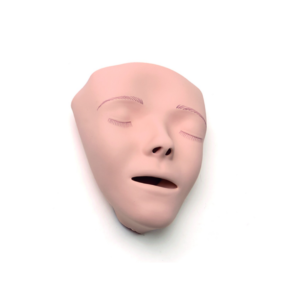























.svg.png)












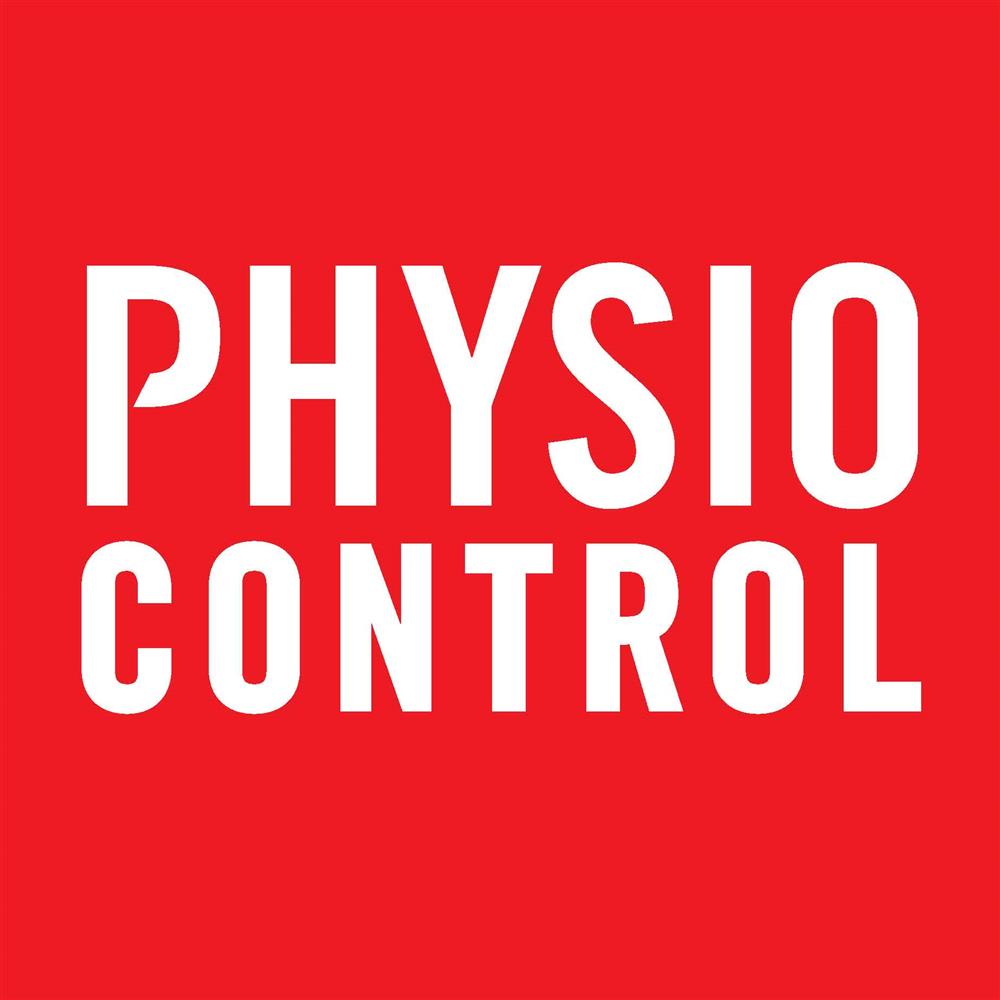




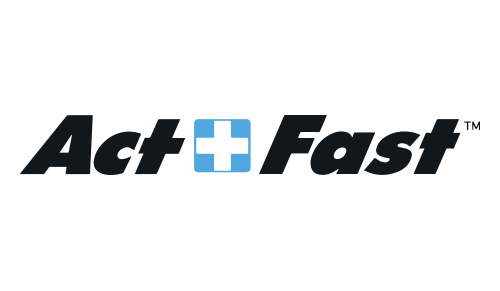







.jpg)




